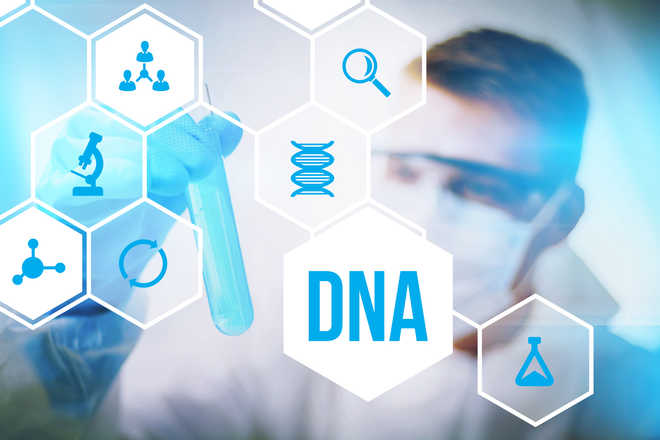Bengaluru
Iraqi scientists at Al-Qasim Green University claim to have found a “universal, rapid and inexpensive” method for the isolation of DNA (deoxyribonucleic acid) from the blood of a wide range of species for genomic studies.
Currently there is no common procedure for extracting DNA from the blood of both mammals and birds since each species has a unique property that requires different methods to release its own DNA.
The method reported in the recent issue of the Journal of Genetics exploits the fact that if blood is placed in water, this rapidly enters the red blood cells (RBCs) by “osmosis” and causes these cells to burst and release their contents — that includes DNA — in a process called “hemolysis”.
The researchers claim the validity of extracting genomic DNA by this method was confirmed by several molecular biological experiments.
It was found that it provides an efficient and versatile alternative for extracting bulk amounts of DNA from the blood of a variety of species, including humans.
The report says this novel method was used by the researchers to successfully extract DNA from blood samples collected from 135 human volunteers, 60 cows, 178 sheep, six goats and 81 hens.
Half a teaspoon of blood, diluted with two teaspoons of distilled water and centrifuged for just four minutes could yield enough DNA to perform several molecular biological experiments, the researchers report.
“This is the first manuscript that describes the use of distilled water as the eliminator of RBCs,” the researchers claim. “It is a reliable and easy to use method for the extraction of large quantity of DNA from blood of both mammals and birds for several molecular experiments.”
They also claim their method has proven its superiority to many commercially available DNA extraction kits that “either require large amounts of blood samples, are relatively expensive or time-consuming,” they report.
However, DNA experts in India have reservations about the validity and novelty of this method and the purity of the DNA extracted.
“One may like this method to be reproduced in other labs before accepting its use,” Jayaram Gowrishankar, former director of Hyderabad’s Centre for DNA Fingerprinting and Analysis, told this reporter.
“Besides, it is not clear how useful this method will be since existing methods are already very simple and easy to perform,” he added.




 Driving Naari Programme launched in Chandigarh
Driving Naari Programme launched in Chandigarh































